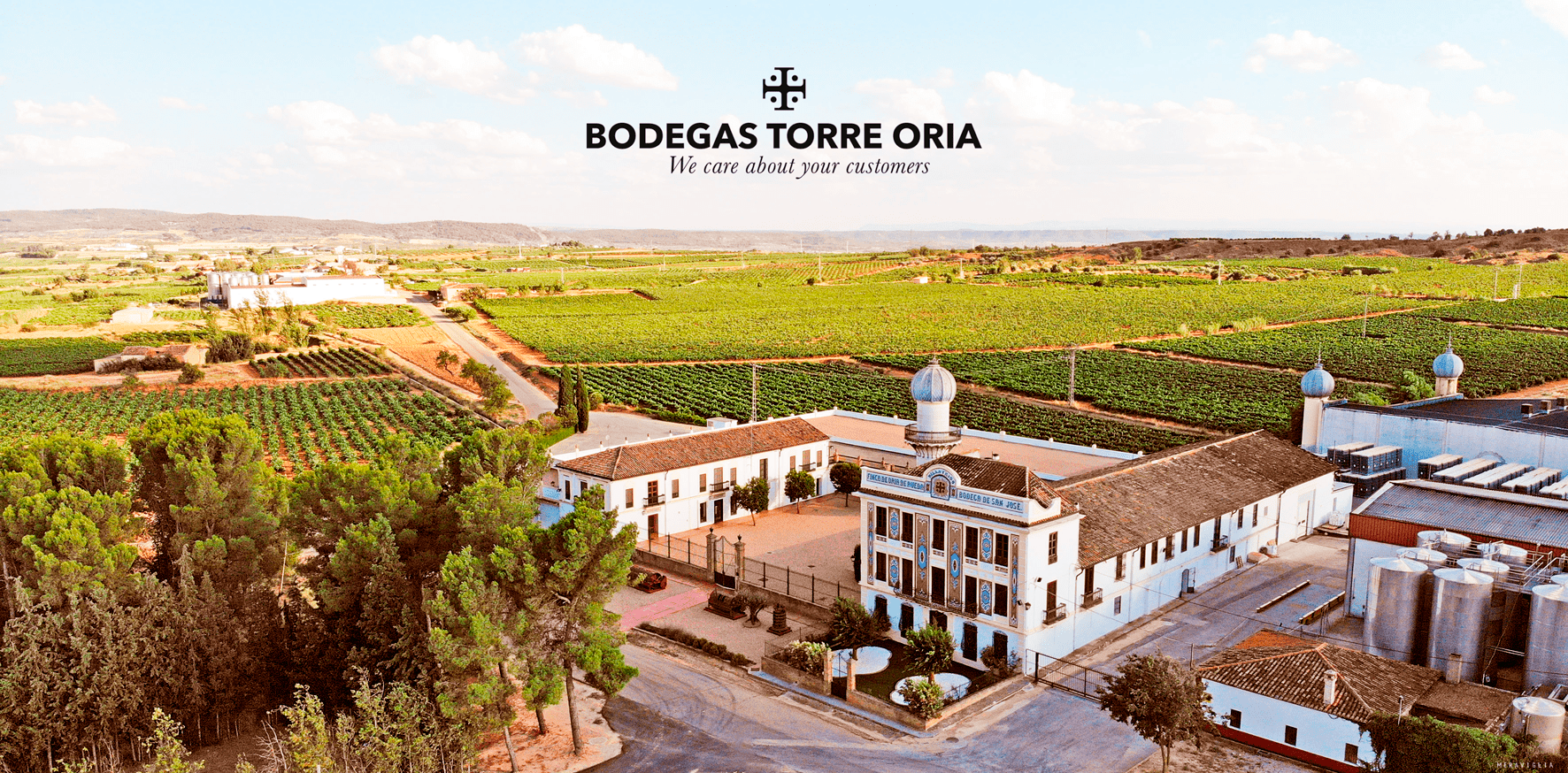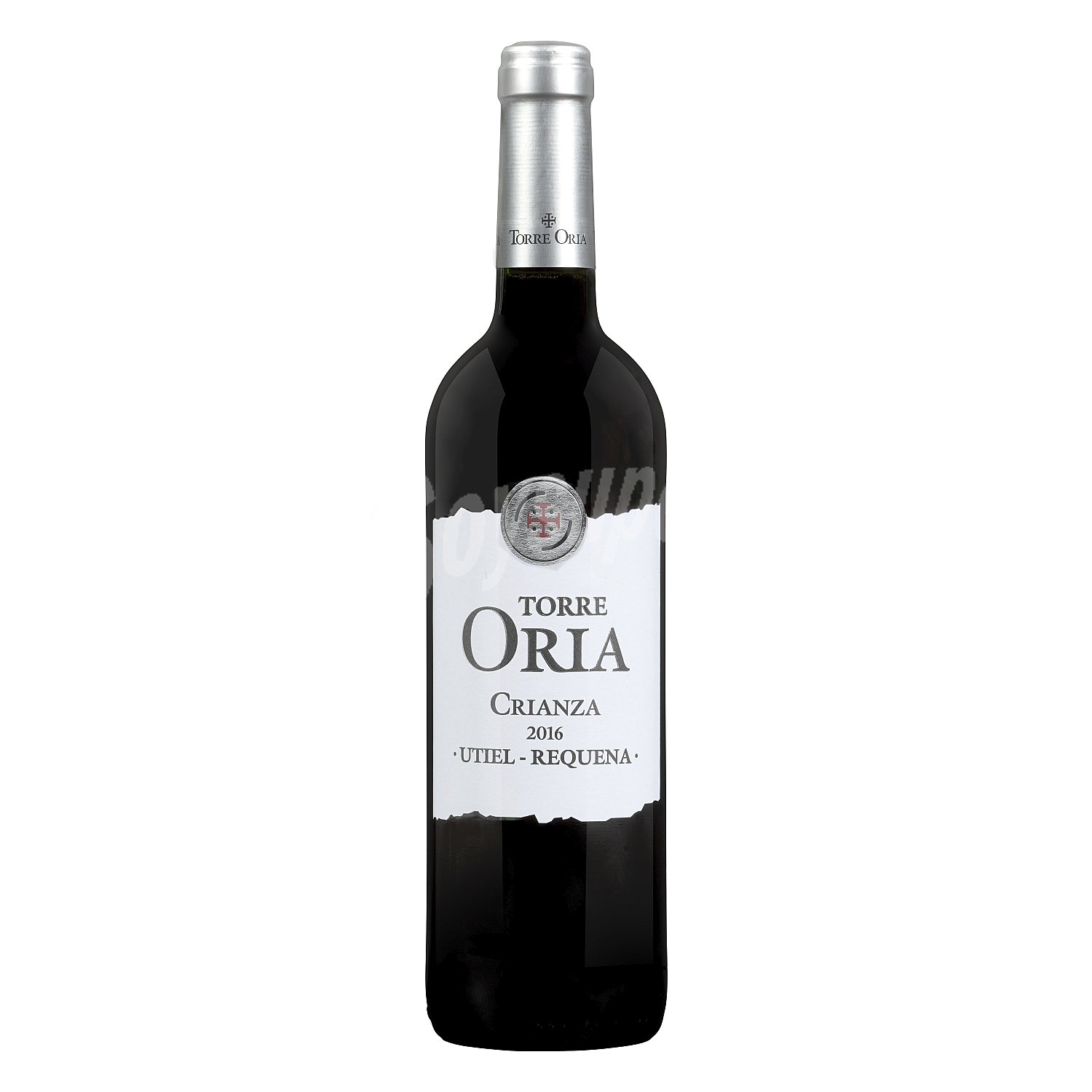Ridiculous! A Crianza for €2!
Friday, September 4, 2020

I normally write recommendations about wines under two Euros, but in this case, the wine in question deserves to be in a different category. The best-value-for-money wine in the country! I have been drinking this wine as a 'house' wine at home for about a month or two and I have to say that it surpasses many wines 3 and 4 times as expensive. It really is a no-brainer. Torre Oria Crianza - €2. For the price, I haven't found a red wine that can even get close. Naturally, this price is only possible due to the mass purchasing power of Mercadona, as it is the only place in Spain where you can buy it, but that is all the more reason to pick up a few bottles. Quality wine at an extremely fair price, practically ridiculous when you compare it to other wines and other countries. It is extremely easy to drink, has a full-body flavour and low tannins. You can drink it with a snack, some cheese or a full meal or even alone. It works well at room temperature and also slightly chilled during the summer months. It is very much an all-rounder red wine.
 Bodegas Torre Oria is located in the Spanish region of Utiel-Requena (the south-east of Valencia). At the end of the 19th century, the Oria de Rueda family successfully were dedicated to the silk business in Valencia. Years later, the family decided to move their business to the city of Requena, 60 km away. towards inland Valencia. With the decline of the silk trade, they decided to convert their business into the world of wine growing vineyards between 650 and 905 metres above sea level. This unique geographical location has given heir wines a characteristic mark.
Bodegas Torre Oria is located in the Spanish region of Utiel-Requena (the south-east of Valencia). At the end of the 19th century, the Oria de Rueda family successfully were dedicated to the silk business in Valencia. Years later, the family decided to move their business to the city of Requena, 60 km away. towards inland Valencia. With the decline of the silk trade, they decided to convert their business into the world of wine growing vineyards between 650 and 905 metres above sea level. This unique geographical location has given heir wines a characteristic mark.
If you haven't discovered this wine yet it is about time you bought a bottle. I walked passed it for months and months dismissing it because of its price - "How can a Crianza cost only €2?" (for those who don't know, a Crianza is a red wine that has spent a minimum of 12 months in an oak barrel) I would say to myself... How wrong I was. I have blind tasted this wine with friends who know their wines and they have all valued it well above its real shelf price. I also use this wine when cooking, for once a decent wine for cooking that doesn't make you feel guilty for using it!
Give it a go! I am sure you will enjoy it.
 1
Like
Published at 2:32 PM Comments (13)
1
Like
Published at 2:32 PM Comments (13)